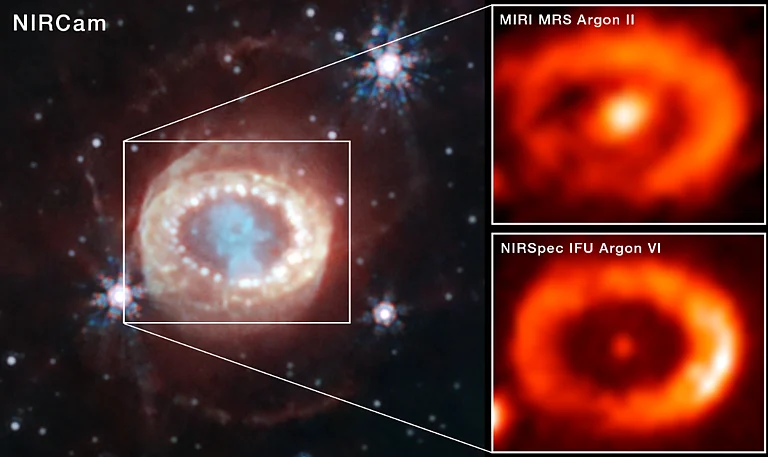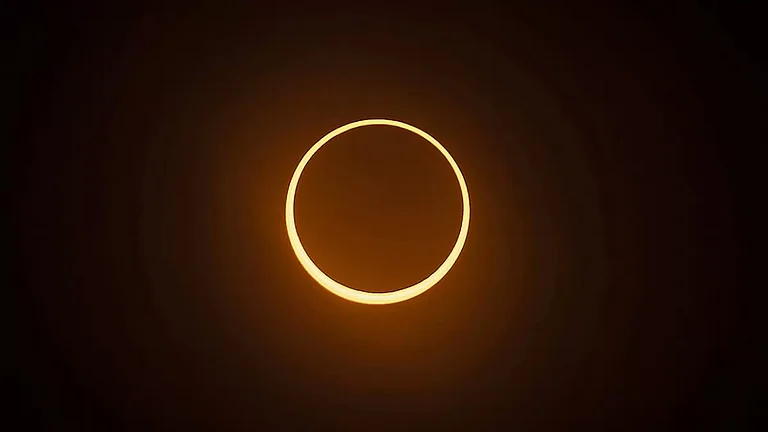Imagine the Earth falling silent on April 8th, 2024. Not just for humans, but for the creatures that call it home. As the moon's shadow engulfs the sun in a total solar eclipse, a unique symphony unfolds – a symphony not of sight, but of silence and surprise. The NASA-funded Eclipse Soundscapes Project invites you to become a citizen scientist, capturing this extraordinary event and unlocking the secrets of how nature reacts to the celestial curtain fall.
While eclipses typically captivate with their visual spectacle, the Eclipse Soundscapes Project goes beyond the extraordinary sights. "We want to show that eclipses can be studied through sound, feeling, and other forms of observation," explains Kelsey Perrett, project communications coordinator. This multisensory approach promises a deeper understanding of how ecosystems respond to this dramatic celestial event.
Millions in the Path of Totality
The upcoming eclipse presents a unique opportunity for citizen science on a grand scale. Over 30 million people reside within the path of totality, the narrow band where the sun will be completely obscured. This vast population can contribute in several ways:
Data Collectors: Armed with low-cost AudioMoth devices, these citizen scientists will capture the sounds of animals, birds, and insects – particularly crickets. Researchers are particularly interested in how nocturnal and diurnal creatures adjust their vocalizations during the eclipse. Imagine capturing the eerie silence of crickets as the day turns to dusk, or the confused chirping of birds unsure of whether to call it night.
Observers: Even without specialized equipment, anyone can participate. Simply record your multisensory observations – sights, sounds, and even the strange calmness that descends during totality – and submit them to the project website. Your observations, from the sudden stillness of leaves to the hushed murmurs of wildlife, can paint a vivid picture of nature's response.
Data Analysts: Once the data is collected, a crucial role emerges for those willing to analyze the audio recordings. Using advanced software, you can help extract valuable insights, uncovering hidden patterns in the sounds of the eclipse. Imagine discovering how different species react, revealing the diverse ways nature interprets this celestial phenomenon.
Apprentices: For those new to eclipses, online learning resources are available to delve deeper into the science behind these celestial events. Learn about the mechanics of the eclipse, its historical significance, and the fascinating world of citizen science.
From 1932 to 2024
The Eclipse Soundscapes Project takes inspiration from a similar study conducted during the 1932 total solar eclipse, which gathered nearly 500 observations from the public. By leveraging modern technology and a larger participant pool, this endeavor promises a quantum leap in our understanding of the eclipse's impact on various ecosystems.
Be Part of Something Extraordinary
Whether you're a seasoned scientist or simply curious about nature, the Eclipse Soundscapes Project welcomes your participation. This citizen science initiative offers a chance to be part of something extraordinary, contributing to our understanding of the interconnectedness of our planet and its inhabitants. So, mark your calendars for April 8th, choose your role, and prepare to witness the Earth's hush. Together, we can unlock the secrets of the eclipse, painting a sonic portrait of nature's response to this once-in-a-lifetime event.





























